| Content | Mini DisplayPort-to-HDMI adapters are connectors used to convert Mini DisplayPort signals to HDMI signals, allowing devices with Mini DisplayPort outputs to connect to HDMI displays or monitors. Here's a description of their features:
- Signal Conversion: These adapters convert Mini DisplayPort signals, commonly found on laptops, desktops, and tablets, to HDMI signals, which are more prevalent on displays, TVs, and projectors, enabling compatibility between different types of devices.
- Compatibility: Mini DisplayPort-to-HDMI adapters are compatible with devices that have Mini DisplayPort outputs, such as MacBooks, Microsoft Surface tablets, and certain desktop computers, as well as displays, TVs, and projectors with HDMI inputs.
- Resolution Support: They support various resolutions, including standard HD (1080p), Quad HD (1440p), and Ultra HD (4K), depending on the capabilities of the connected devices.
- Audio and Video: These adapters transmit both audio and video signals, allowing users to enjoy high-definition multimedia content on compatible HDMI displays or monitors.
- Construction: Mini DisplayPort-to-HDMI adapters are typically compact and lightweight, making them portable and easy to carry. They may feature durable materials and gold-plated connectors for reliable signal transmission and longevity.
- Plug-and-Play: They are generally plug-and-play devices, requiring no additional drivers or software installation. Users can simply plug the Mini DisplayPort end into the Mini DisplayPort output of their device and the HDMI end into the HDMI input of their display.
- Versatility: Mini DisplayPort-to-HDMI adapters are versatile and can be used for various applications, including connecting laptops to external monitors or projectors for presentations, streaming content from tablets to TVs, or extending desktop setups to larger displays.
Overall, Mini DisplayPort-to-HDMI adapters offer a convenient and reliable solution for connecting devices with Mini DisplayPort outputs to HDMI displays or monitors, enabling seamless audio and video transmission for a wide range of applications. |
RF Modulator Splitters
- Signal Distribution: These splitters divide a single RF signal into multiple outputs, allowing simultaneous connection to multiple devices.
- Input and Output Ports: Equipped with coaxial ports for easy integration into existing audiovisual setups.
- Multiple Outputs: Enables connection to several devices like TVs, monitors, or VCRs, expanding connectivity options.
- Amplification (Optional): Some models feature built-in amplifiers to ensure consistent signal strength across all outputs.
- Compatibility: Works with various audiovisual devices supporting RF signals, providing flexibility in setup.
- User-Friendly: Easy setup and operation, suitable for users with minimal technical knowledge.
Benefits:
- Expanded Connectivity: Connect multiple devices to a single RF signal source, eliminating the need for multiple modulators.
- Cost-Effective: Offers a budget-friendly alternative to purchasing individual modulators for each device.
- Space-Saving Design: Consolidates connections, reducing cable clutter and optimizing space.
- Versatile Use: Ideal for home entertainment systems, surveillance setups, or commercial applications.
RF modulator splitters provide a convenient solution for distributing RF signals to multiple devices simultaneously, offering simplicity, compatibility, and versatility in audiovisual setups.
|
Mini DisplayPort-to-VGA adapters are connectors that convert Mini DisplayPort signals to VGA signals. Here's a description of their features:
- Signal Conversion: Mini DisplayPort-to-VGA adapters allow devices with Mini DisplayPort outputs, such as laptops or desktop computers, to connect to VGA displays or monitors. They convert the digital signal from the Mini DisplayPort into an analog signal compatible with VGA displays.
- Compatibility: These adapters are compatible with devices that have Mini DisplayPort outputs, including MacBooks, Microsoft Surface tablets, and certain desktop computers. They can connect to VGA displays, projectors, or monitors commonly found in offices, classrooms, or conference rooms.
- Resolution Support: Mini DisplayPort-to-VGA adapters support various resolutions, including standard definition (SD), high definition (HD), and extended graphics array (XGA), depending on the capabilities of the connected devices.
- Audio and Video: While VGA is primarily a video signal, some Mini DisplayPort-to-VGA adapters may also support audio transmission if the Mini DisplayPort source device outputs audio over its Mini DisplayPort connection. However, VGA itself does not support audio, so additional audio connections may be required.
- Construction: These adapters are typically compact and lightweight, making them easy to carry and use. They may feature durable materials and gold-plated connectors for reliable signal transmission and longevity.
- Plug-and-Play: Mini DisplayPort-to-VGA adapters are generally plug-and-play devices, requiring no additional drivers or software installation. Users can simply plug the Mini DisplayPort end into the Mini DisplayPort output of their device and the VGA end into the VGA input of their display.
- Versatility: Mini DisplayPort-to-VGA adapters are versatile and can be used for various applications, including connecting laptops to VGA monitors or projectors for presentations, extending desktop setups to VGA displays, or connecting devices to older VGA-based equipment.
Overall, Mini DisplayPort-to-VGA adapters offer a convenient and reliable solution for connecting devices with Mini DisplayPort outputs to VGA displays or monitors, enabling seamless video transmission for a wide range of applications.
| Bluetooth dongles, also known as Bluetooth adapters, are small devices that enable Bluetooth connectivity for devices that do not have built-in Bluetooth capabilities. They are commonly used to add wireless connectivity to computers, laptops, and other devices, allowing for easy data transfer, audio streaming, and device pairing.
Key Features:
- Bluetooth Connectivity: Adds Bluetooth functionality to devices without built-in Bluetooth support, enabling wireless communication with other Bluetooth-enabled devices such as smartphones, headphones, and speakers.
- Plug-and-Play: Simple installation process; plug the dongle into a USB port, and it's ready to use with no additional drivers required for most operating systems.
- Compact and Portable: Small, lightweight design makes them easy to carry and use with multiple devices, ideal for travel and on-the-go use.
- Wireless Audio Streaming: Supports Bluetooth audio streaming, allowing users to wirelessly stream music, podcasts, and other audio content to compatible Bluetooth speakers or headphones.
- Data Transfer: Facilitates wireless data transfer between devices, such as transferring files between a computer and a smartphone or tablet.
- Range: Provides a typical range of up to 10 meters (33 feet), depending on environmental factors such as obstacles and interference.
- Compatibility: Works with a wide range of operating systems, including Windows, macOS, Linux, Android, and others.
- Bluetooth Versions: Available in different Bluetooth versions (e.g., Bluetooth 4.0, Bluetooth 5.0), offering varying levels of performance, range, and energy efficiency.
- Low Energy Support: Some models support Bluetooth Low Energy (BLE) technology, which is ideal for applications requiring minimal power consumption, such as Bluetooth-enabled wearable devices.
Typical Use Cases:
- Connecting Peripherals: Pairing wireless keyboards, mice, and other peripherals with computers or laptops.
- Audio Streaming: Streaming music, podcasts, or other audio content from a computer or mobile device to Bluetooth speakers or headphones.
- File Transfer: Transferring files between devices wirelessly, such as photos, documents, or music files.
- Gaming: Using wireless game controllers or accessories with computers or gaming consoles.
- Hands-Free Calling: Pairing smartphones with Bluetooth-enabled car stereos or headsets for hands-free calling while driving.
| RF Modulator Converters
RF modulator converters are devices used to convert audio and video signals from devices like DVD players, gaming consoles, or cameras into radio frequency signals compatible with older televisions or monitors. These converters typically include input ports for audio/video cables and output ports for coaxial cables, allowing seamless integration into existing setups.
Key Features:
- Signal Conversion: Converts audio/video signals into RF signals for compatibility with older TV sets.
- Input Ports: Supports various audio/video input sources, including RCA or HDMI.
- Output Ports: Connects to televisions or monitors via coaxial cables.
- User-Friendly: Easy setup and operation, suitable for users with minimal technical knowledge.
- Compact Design: Portable and space-saving, ideal for home entertainment systems or small setups.
- Compatibility: Works with a wide range of audio/video devices, extending the lifespan of older televisions or monitors.
Benefits:
- Extended Compatibility: Allows users to connect modern audio/video devices to older TVs or monitors lacking modern input ports.
- Cost-Effective Solution: Provides an affordable alternative to upgrading to a new television or monitor.
- Easy Installation: Plug-and-play setup makes it accessible for users of all technical levels.
- Versatile Use: Suitable for home entertainment, gaming setups, or educational environments.
- Reliable Performance: Maintains decent audio and video quality, ensuring a satisfactory viewing experience.
RF modulator converters offer a practical solution for users seeking to connect modern audio/video devices to legacy television sets or monitors. With their simple setup, affordability, and compatibility with various devices, they provide an effective way to extend the usability of older displays. | USB-B to USB-B cables are designed to connect devices with USB-B ports. These cables are typically used for connecting certain peripherals, such as printers, scanners, and other devices, to each other or to a computer with a USB-B interface.
Key Features:
- Universal Compatibility:
- USB-B End: Fits standard USB-B ports found on many older peripherals like printers, scanners, and some external hard drives.
- Data Transfer:
- Provides reliable data transfer between devices with USB-B ports.
- Typically supports data transfer rates up to USB 2.0 standard (480 Mbps).
- Durability and Build Quality:
- Constructed with high-quality materials to ensure longevity and resistance to wear and tear.
- Often features reinforced connectors and durable cable sheathing.
- Lengths and Flexibility:
- Available in various lengths to suit different setup requirements, commonly ranging from 1 meter (3.3 feet) to 3 meters (10 feet).
- Plug-and-Play:
- Easy to use with no need for additional drivers or software for most operating systems.
Typical Use Cases:
- Connecting Printers and Scanners:
- Ideal for connecting USB-B equipped printers and scanners to computers or other devices.
- Inter-Device Communication:
- Facilitates direct communication between two USB-B equipped devices.
- Specialized Applications:
- Used in some industrial and professional environments where specific devices require USB-B connections.
|
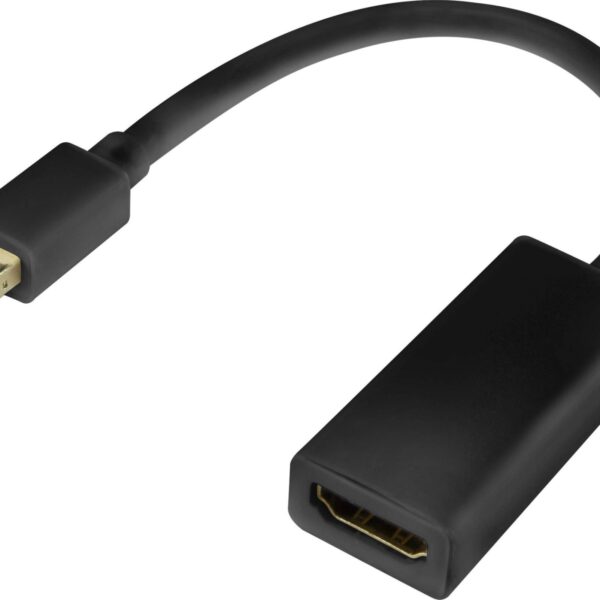
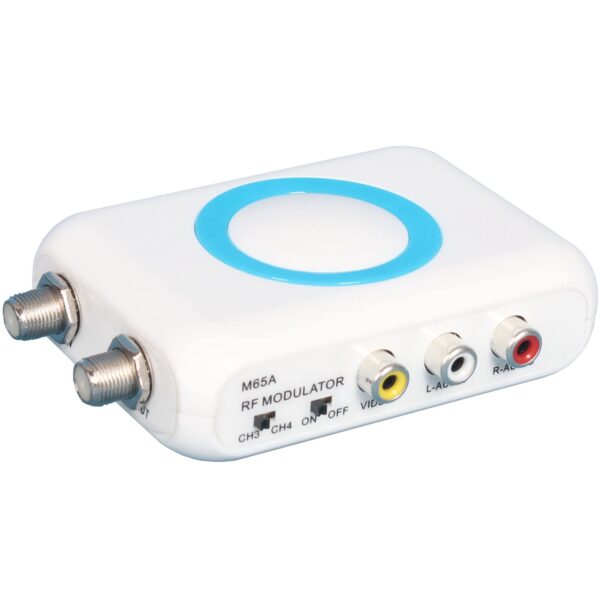
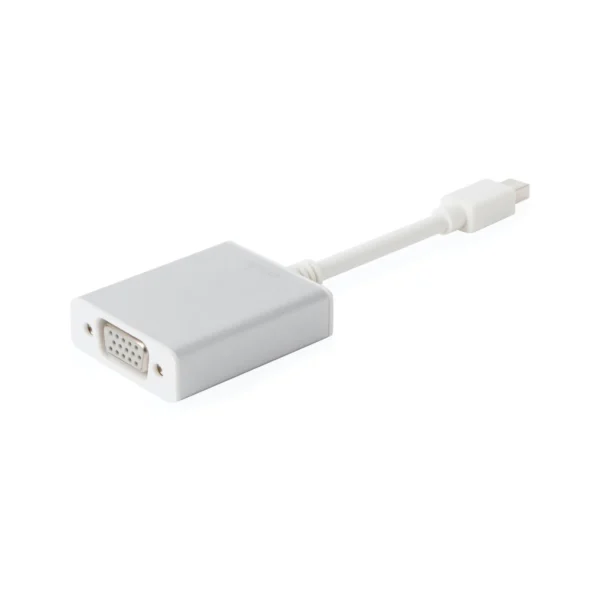
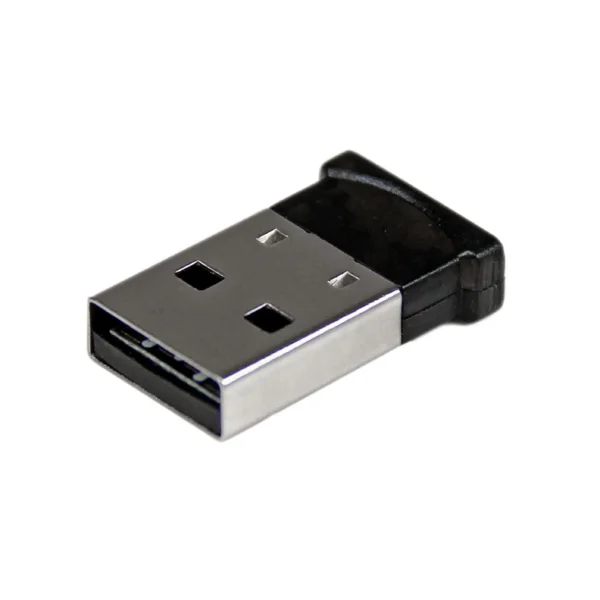
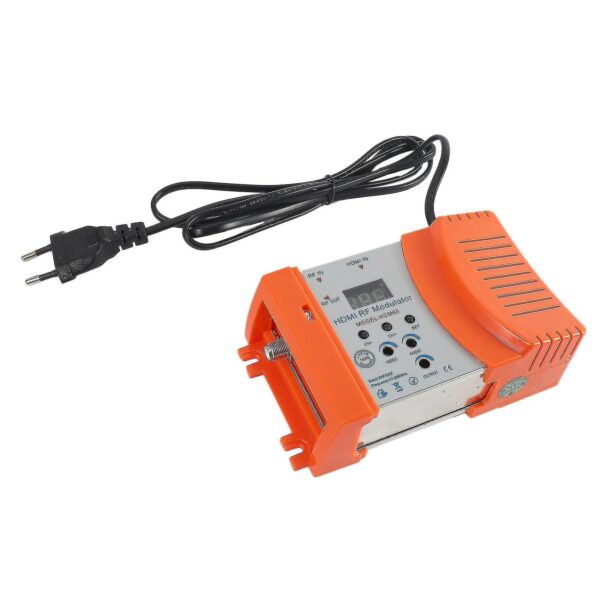

















Rating & Review
There are no reviews yet.